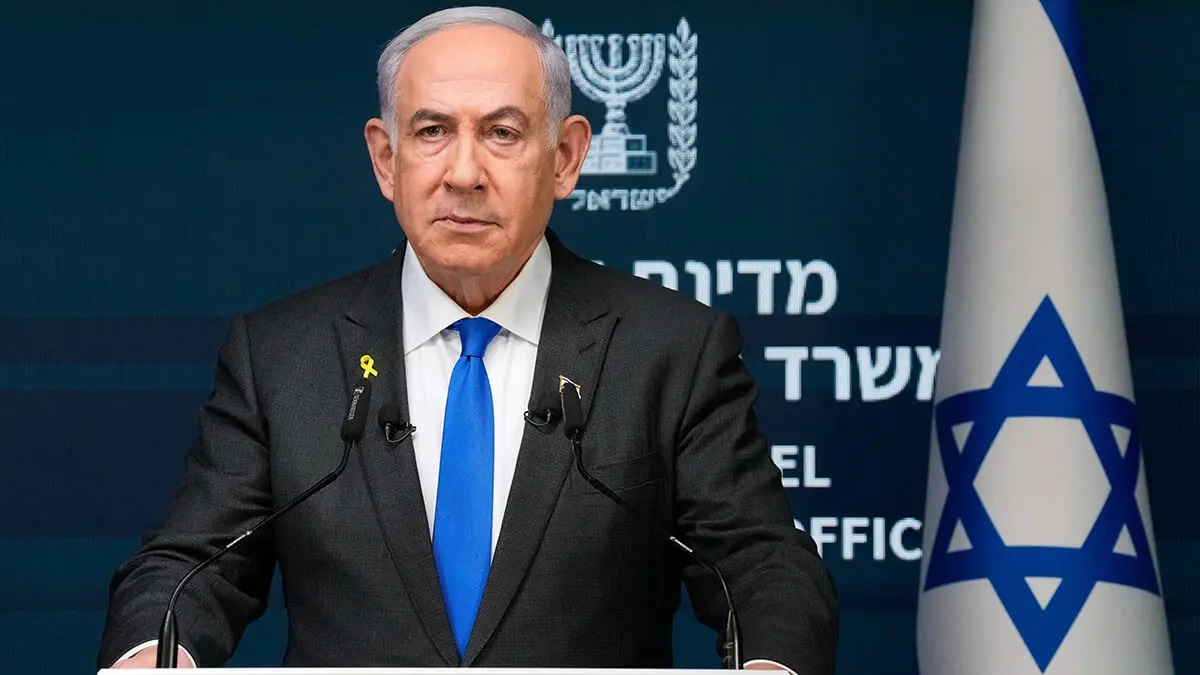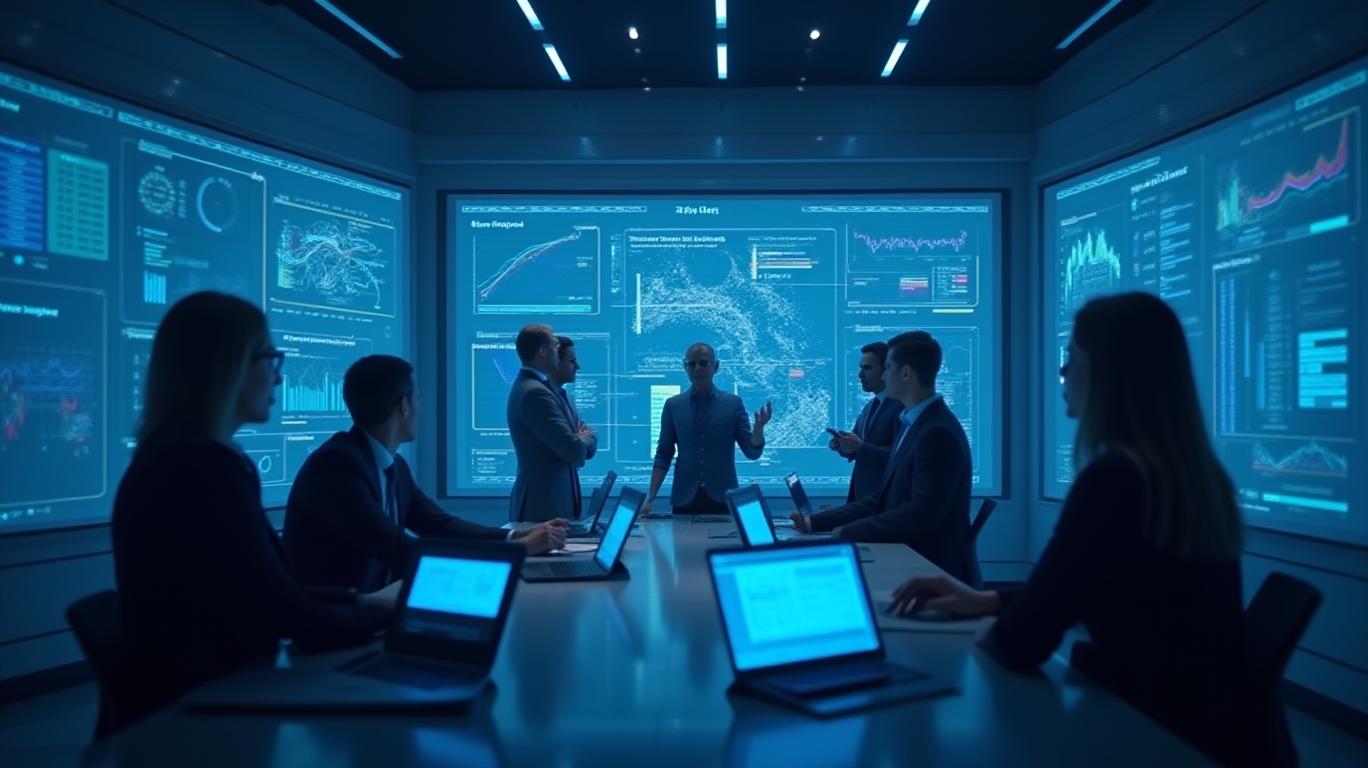Alcoa's Tariff Tightrope: Balancing Policy Headwinds and Strategic Resilience
Aluminum giant Alcoa Corporation (AA) finds itself at the center of a high-stakes trade policy battle, as its CEO William F. Oplinger has urged U.S. policymakers—including the Biden administration—to reconsider the escalating costs of Section 232 tariffs on Canadian aluminum imports. These tariffs, originally imposed under the Trump administration, now threaten to derail Alcoa’s financial trajectory in 2025. With tariff-related expenses soaring to $20 million in Q1 alone and projected to slice $90 million from Q2 EBITDA, the stakes for investors couldn’t be higher.
The Tariff Trap: A Costly Cross-Border Conflict
The Section 232 tariffs, which impose a 25% duty on Canadian aluminum, have become a fiscal millstone for Alcoa. While these measures were initially framed as a tool to protect U.S. aluminum producers, their prolonged application under the Biden administration has instead fueled rising input costs. 
The financial toll is stark: in Q1 2025, tariffs reduced Alcoa’s Aluminum segment EBITDA by $20 million, a figure that could triple in the next quarter. For context, Alcoa’s total 2024 net income was $247 million—meaning these tariffs alone could swallow nearly 40% of that figure in 2025 if left unchecked.
A Strategic Reckoning: Debt, Divestments, and Diplomacy
To offset these pressures, Alcoa has deployed a mix of financial engineering and diplomatic lobbying. In April 2025, the company restructured $1.89 billion in debt through a bond offering and tender, aiming to stabilize its balance sheet amid cash flow strain. Simultaneously, Oplinger’s advocacy efforts have focused on highlighting aluminum’s critical role in U.S. infrastructure and defense supply chains—a pitch aimed at convincing policymakers to reassess the tariffs’ economic collateral damage.
The CEO’s push also extends to operational adjustments. A joint venture with IGNIS Equity Holdings to revitalize the San Ciprián smelter in Spain underscores Alcoa’s broader strategy: diversify production away from tariff-ridden regions while securing access to low-cost energy markets.
The Investment Crossroads: Risks and Rewards
Investors must weigh two critical factors: the likelihood of tariff relief and Alcoa’s ability to navigate policy uncertainty.
On one hand, a rollback of tariffs could deliver an immediate EBITDA boost of $90 million annually, potentially lifting earnings by ~35% (assuming 2024 net income holds). On the other, continued tariffs risk forcing Alcoa into a “cash burn” scenario, particularly if it cannot pass costs to customers in a sluggish industrial demand environment.
Conclusion: Policy Uncertainty Defines the Play
Alcoa’s 2025 outlook hinges on two variables: trade policy and operational execution. The Biden administration’s stance on Section 232 tariffs—set to expire in 2026—will be pivotal. If tariffs remain, investors can expect further margin compression and a prolonged drag on returns. Conversely, a resolution could unlock pent-up value in Alcoa’s undervalued stock, which currently trades at just 6.5x trailing EBITDA (vs. 9.2x for peers like Novelis).
The numbers are clear: every dollar saved on tariffs flows directly to the bottom line. For now, Alcoa’s best hope is a policy pivot—not just for its bottom line, but for the broader U.S. aluminum ecosystem it sustains. Investors, meanwhile, must decide whether to bet on bureaucratic goodwill or hedge against more pain ahead.









